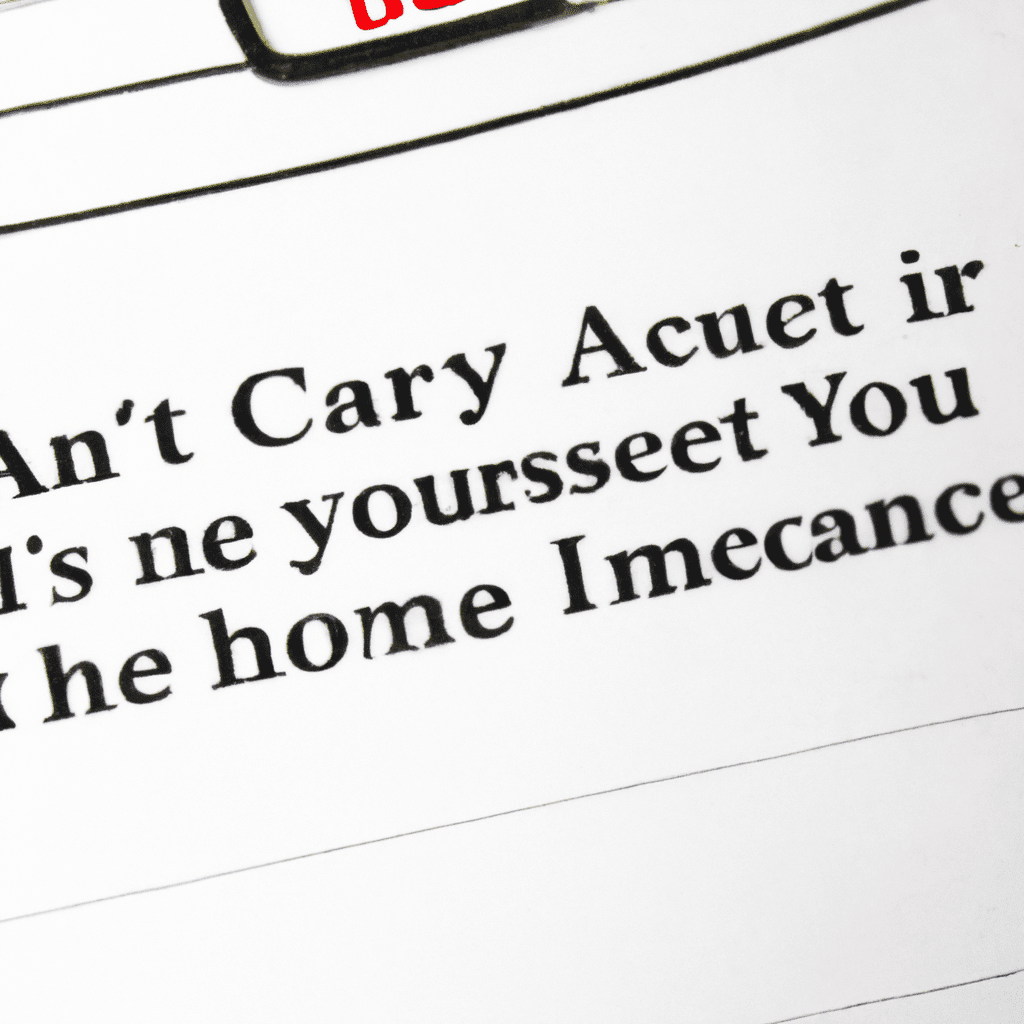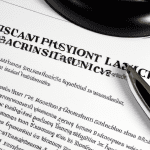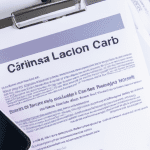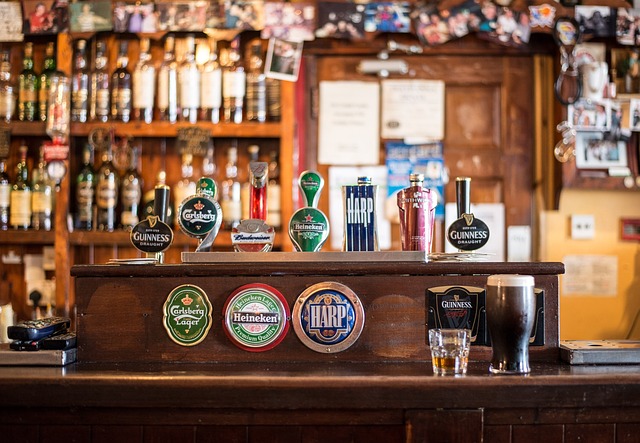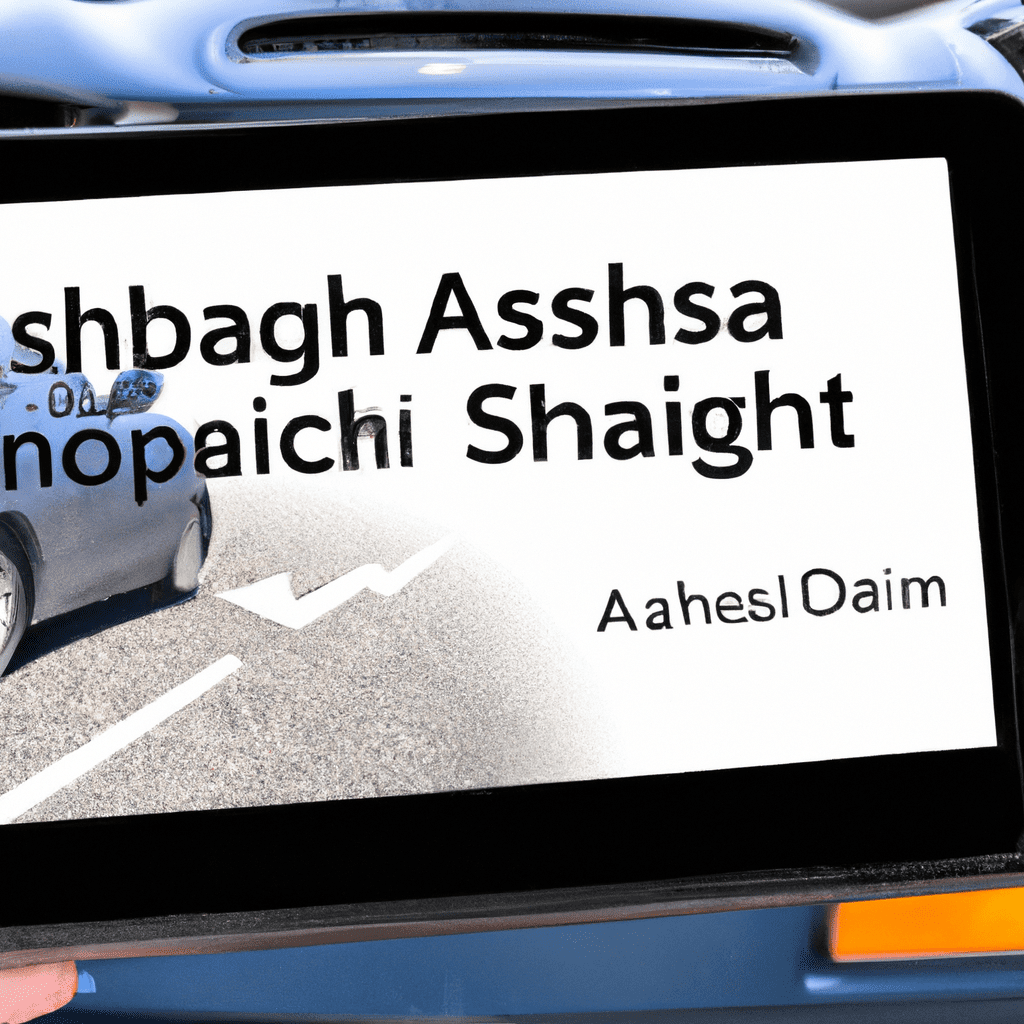The sound of metal crunching, glass shattering, and car horns blaring are all dreaded noises that no one wants to hear. That’s why it’s so important to understand what you should do if you have been in a car accident. Is it safe to keep driving your car right after an accident? This article will help you decide if its the right move to make based on expert advice and real-life scenarios. We will explore topics such as safety compliance, tips to increase your safety, and the potential consequences of driving after an accident. [[1](https://www.wikihow.com/Drive-a-Car) [[2](https://cars.tatamotors.com/images/service/owners/owners-manual/pdf/punch/punch-bsvi-09-09-21.pdf) [[3](https://kidshealth.org/en/teens/post-crash.html)] Stay safe out there, and read on to learn more about driving after an accident.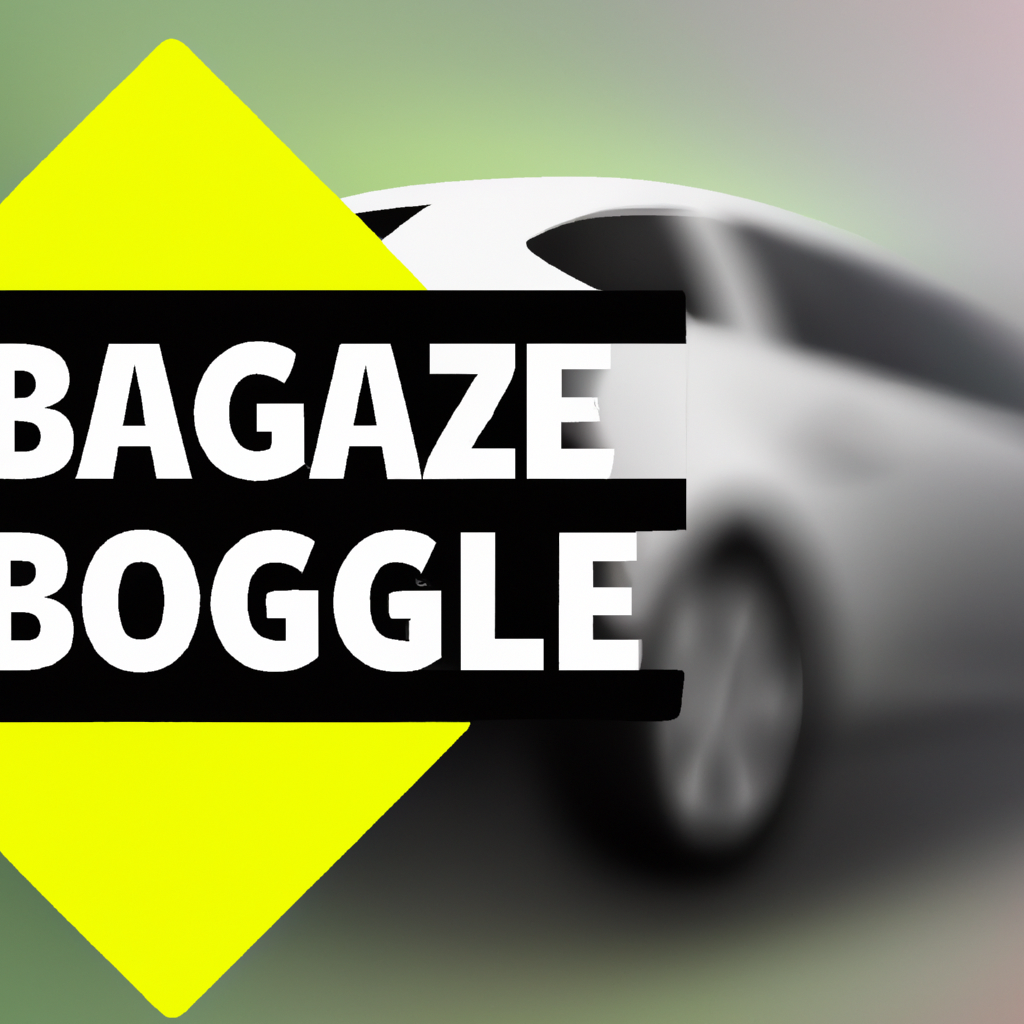
Table of Contents
- Headings:
- 1. Assessing the Safety of Driving After an Accident
- 2. The Risk of Secondary Accidents After a Car Accident
- 3. Repairs to Consider Before Driving After a Crash
- 4. Evaluating Insurance and Legal Implications of Post-Accident Driving
- Q&A
Headings:
Headings are often the first step in constructing a visually appealing webpage. They help to break up long blocks of text and add sections to the page. [[1](https://stackoverflow.com/questions/8935262/how-to-semantically-add-heading-to-a-list)]
HTML headings provide an easy way to denote where the borders of different web page sections are. Headings are marked with an
through
tag, and web browsers often display these in increasingly larger font sizes. Placement of keywords in headings also adds to the overall SEO of a page. [[2](https://www.w3schools.com/html/html_headings.asp)]
To make headings more interesting, consider using sentence etymologies – varying sentence lengths and styles. Unnumbered lists and bold words can add to the visual appeal of the post section as well. Furthermore, take care to use active and passive voice appropriately, according to the context of the text. [[3](https://saylordotorg.github.io/text_handbook-for-writers/s20-sentence-style.html)] Consequently, headings can be made more impactful by using these tools.
When designing headings, one should also make sure they are informative and succinct – this is an important consideration for webpages, where space is often at a premium. Organize headings by importance and use them appropriately, using smaller subheadings when needed. With careful use of headings, it’s possible to create an aesthetically pleasing and useful webpage.
1. Assessing the Safety of Driving After an Accident
Performing safety assessments after being involved in an accident is a must for every driver. To determine if it is safe to hit the roads again, there are several factors to consider:
- Inspect the car for any possible safety issues that could make it hazardous to drive [[1](https://www.tn.gov/content/dam/tn/education/textbook/samples/sec_E_SB_ELA_G7.pdf)]. These include dents, broken windshields, and loose car parts.
- Take time to read the manual of your car [[2](https://www.misd.net/languageart/grammarinaction/proofreadingrevisingediting.pdf)]. Check if any specifications have been modified due to the accident.
- Review traffic laws and regulations to ensure that the vehicle is still up to standards [[3](https://opentextbc.ca/writingforsuccess/chapter/chapter-3-putting-ideas-into-your-own-words-and-paragraphs/)].
Furthermore, consider your own physical and mental state. After an accident, drivers often experience shock, pain, and psychological distress. Being distracted, disoriented, or fatigued can be immensely dangerous when put behind the wheel. Therefore, it is wise to seek help in form of medical care and/or counselling if needed. Rest is always recommended before resuming driving after an accident.
2. The Risk of Secondary Accidents After a Car Accident
According to [[1](https://portal.ct.gov/-/media/CFPC/_old_files/tim_final.pdf)], secondary incidents – often referred to as “ripple effects” – often result from primary car accidents. These may include delayed or cancelled trains, power outages, or other preventable disturbances which could have been avoided had the primary accident not occurred. One of the most common sources of secondary accidents is negligent drivers failing to recognize the hazard in time. This can cause a sequence of events resulting in a large-scale incident, such as multiple collisions resulting from one car stopping suddenly.
In addition, a study published in JAMA Network Open has found that people who refused or hesitated to get their COVID-19 vaccine were more likely to be involved in a car accident [[2](https://www.yahoo.com/now/people-skipped-covid-vaccine-higher-183148392.html)]. The study concluded that vaccine refusal or hesitation could be related to a greater risk of getting involved in a car accident, due to an overall reduction in the attention and reflexes of the driver. Here are a few tips to help you stay safe while driving:
- Stay focused: Be mindful of your speed and keep your eyes on the road.
- Strictly follow the rules of the road: Obey traffic lights, lane markings, and speed limits.
- Make sure your car is in good working condition: Ensure your tires are properly inflated and brakes work efficiently.
- Avoid distractions: Lower your radio volume, avoid eating while driving, and keep your phone off, especially when waiting for a red light.
Apart from these basic measures, one should strive to stay vigilant, especially when on the road. Reading through [[3](https://www.paperdue.com/topic/car-accident-essays)] a good place to start, so as to gain a better understanding of the dangers of road accidents.
3. Repairs to Consider Before Driving After a Crash
When your vehicle has been involved in an accident, there are certain repairs that must be done to maintain its road-worthiness before driving it again. Not doing so can compromise your safety and that of other drivers. [[1](https://www3.ntu.edu.sg/home/ehchua/programming/webprogramming/HTML_CSS_Basics.html)]
1. External Damage Evaluation
You should first check the external damage of the car to see if necessary repairs (to the body and/or glass) need to be done and if the car is road worthy. Most states require that a minimum standard of road-worthiness is met before a car is driven in public. This includes:
- checking for visible alignment issues and structural damages such as twist frames, dents, holes etc.
- Servicing the car wheels, its tires and the brakes.
- Checking for flaws or defective windscreens, windows and side mirrors etc.
2. Internal Damage Evaluation
After evaluating the external damage, you should inspect the internal component of the car and check if they are functioning. This includes:
- checking the electrical system of the car
- inspecting the steering and suspension mechanism
- servicing of the fuel injection system
- checking of the fluid system, and radiator etc
These checks double-confirm that the car is roadworthy and it’ll be able to provide the desired level of safety and performance while driving it. If any issue is found during the inspection, it should be carefully and properly replaced or fixed before driving again. [[2](https://blog.hubspot.com/marketing/google-docs-tips)] [[3](https://about.gitlab.com/handbook/markdown-guide/)]
4. Evaluating Insurance and Legal Implications of Post-Accident Driving
After any car accident it is important to understand the insurance and legal implications that may arise once the accident has been reported. For those that are not familiar with the insurance and legal requirements after an accident, here are a few tips:
– Always fill out the required paperwork of a police report. This report is essential in proving fault and in understanding any legal matters that may arise during the course of the accident. [[1](https://www.allstate.com/resources/car-insurance/in-case-of-a-car-accident)]
– If someone else was driving your car and there was an accident, or the other party involved in the accident has claimed you were at fault, have the party take a polygraph test. [[2](https://www.eastonlawoffices.com/blog/what-happens-if-someone-else-is-driving-my-car-and-gets-in-an-accident/)]
– Document the accident by taking pictures and writing down the details of the accident. You may be asked to provide a copy of a written account of the accident to your insurance company, so it is important to document as much as possible. [[3](https://www.theparrishlawfirm.com/blog/how-to-write-a-car-accident-description/)]
– Understand your insurance policy coverage prior to any accidental situation. This will help to ensure that any financial losses caused by the accident are covered and taken care of.
– Always take the contact details of the other party involved in the accident and make sure to contact a legal attorney if you think you need legal consultation.
– Always review the accident with your insurer, even if there were no injuries or property damage. It could be beneficial to document an accident in case a claim is needed at a later date.
If a case is taken to court, be prepared to present documents such as a police report, written account of the accident, pictures, and witness testimony. Most states have set time limits for filing a lawsuit after an accident, so make sure you understand the legal and insurance implications of the accident in order to protect yourself as much as possible.
Q&A
Q: Is it safe to drive your car right after an accident?
A: That depends on the level of damages inflicted on your vehicle. Driving a car with severe damages could be dangerous for both you and the other motorists. [[1](https://www.insurance.ca.gov/01-consumers/105-type/95-guides/01-auto/hadaccident.cfm)] recommends not driving a car with readily visible damages, such as a dented bumper, broken glass, or leaking fluid. Get your car checked out by a mechanic if you are unsure. If your car appears in driving condition, you should keep in mind that you may endanger other cars on the road. To avoid legal issues, you should get the police involved in the incident and obtain a police report. [[2](https://www.lowmanlawfirm.com/blog/bid/100408/top-5-questions-to-ask-after-a-car-accident)] Seeking the opinion of a qualified auto insurance company can be beneficial as well, as they will provide more insight on this matter. It is important to collect evidence in order to substantiate your claim in the event of a litigant case. Document the incident through photographs and witnesses.[[3](https://www.nolo.com/legal-encyclopedia/how-to-win-a-he-said-she-said-car-accident-case.html)] In summary, it is preferable to seek the opinion of experts and get your car fixed before taking it on the road again.
It can be summed up by noting that although driving a car right after an accident may be safe, there are certain risks and steps that need to be taken to ensure everyone’s safety. Accident victims should be sure that their vehicle is in good condition, that they are not overly tired, and that proper safety measures have been taken. [[1](https://www.lsu.edu/hss/english/university_writing/university_writing_files/item39412.pdf), [2](https://www.theparrishlawfirm.com/blog/how-to-write-a-car-accident-description/), [3](https://www.quora.com/Would-it-help-for-your-car-to-be-in-neutral-when-you-suspect-a-rear-end-collision-so-that-they-push-you-forward-more-than-impact-you)]. Ultimately, it is important to consider the risks associated with driving your car right after an accident and take precautions to ensure your safety and the safety of your vehicle. Drive safe! oklahoma personal injury lawyer
personal injury lawyer oklahoma
